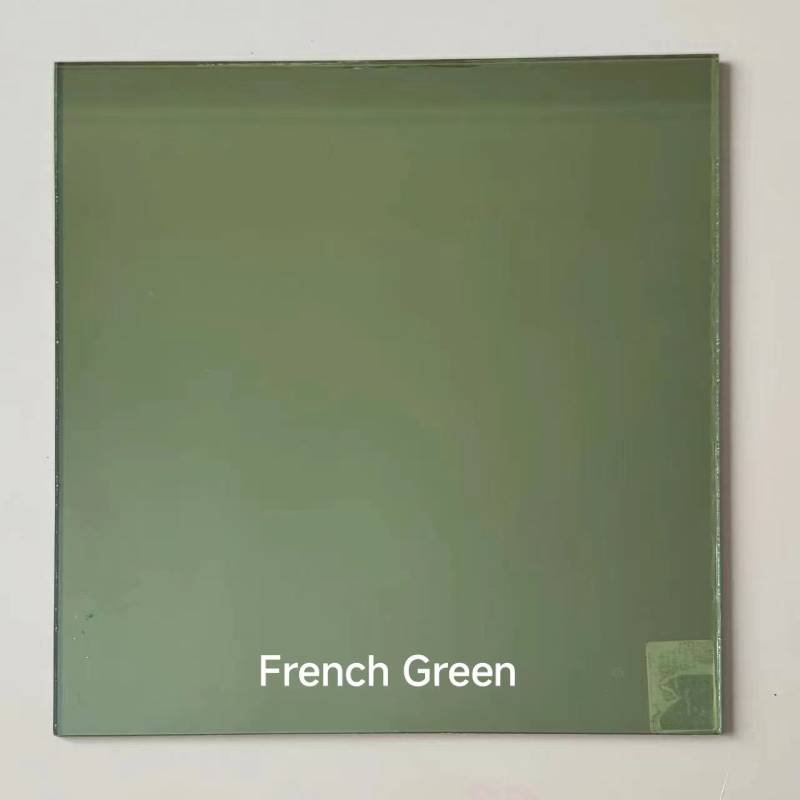

Understanding Float Glass Production A Visual Journey
Float glass, a fundamental material in architectural and automotive industries, has revolutionized the way we perceive and interact with our environments. Its production process is not just a feat of engineering, but also a testament to the integration of modern technology and craftsmanship. To truly appreciate float glass, one must delve into its manufacturing stages, which are often vividly illustrated through informative videos.
At the start of the float glass production process, raw materials are meticulously prepared. The primary ingredients include silica sand, soda ash, and limestone, among others. These components are combined in precise proportions to ensure high-quality output. In a typical float glass video, viewers witness the explosion of color and texture as these materials are mixed, introducing them to the very foundations of glassmaking.
Once the raw materials are ready, they undergo a heating process in a furnace. The furnace temperatures exceed 1,600 degrees Celsius, melting the mixture into a molten glass. Here, the magical transformation begins. A float glass video typically captures the intense glow of the furnace and the mesmerizing flow of molten glass as it emerges, showcasing the dynamic nature of the material. This stage highlights the importance of temperature control; any deviations can lead to defects in the final product.
After melting, the molten glass is poured onto a bed of molten tin in a process known as floating. This is where the term “float glass” originates. The tin, being denser than glass, allows the molten glass to spread out evenly, creating a smooth, flat surface. A well-produced float glass video would showcase the glass forming a perfect reflective surface as it glides on the tin's surface, illuminating the factory environment with everything from glimmering reflections to shimmering hues.

As the glass cools, it undergoes a process called annealing, which realigns the molecular structure. This step is crucial as it reduces internal stresses and ensures that the finished product is strong and free of surface imperfections. The annealing lehr—a long, temperature-controlled oven—plays a critical role in this phase, and many float glass videos emphasize the importance of this equipment, often displaying the glass moving slowly through the lehr, like a caterpillar emerging from its chrysalis.
Once the glass has cooled and solidified, it is cut into sheets of various sizes and finishes. This is where the artistry of float glass manufacturing truly shines. The cutting process is often depicted in videos, showcasing high-precision machinery that transforms massive sheets into smaller, usable panels. Viewers gain an appreciation for the sheer scale of production and the importance of accuracy in achieving desired dimensions.
Finally, the finished float glass is packaged and prepared for shipment. This step can blend the technical with the artistic, as videos often highlight how these large, majestic sheets of glass find their place in buildings, vehicles, and countless applications across various industries.
In conclusion, the journey of float glass from raw materials to the finished product is a captivating one, rich with processes that combine science, technology, and artistry. Whether through informative float glass videos or firsthand experiences in manufacturing facilities, understanding this process enriches our appreciation for this ubiquitous material. Float glass not only reflects our environments but also embodies the skill and innovation of the glassmaking industry. It stands as a clear testament to the ingenuity that shapes our modern world, making it an essential topic in both educational and industrial contexts.